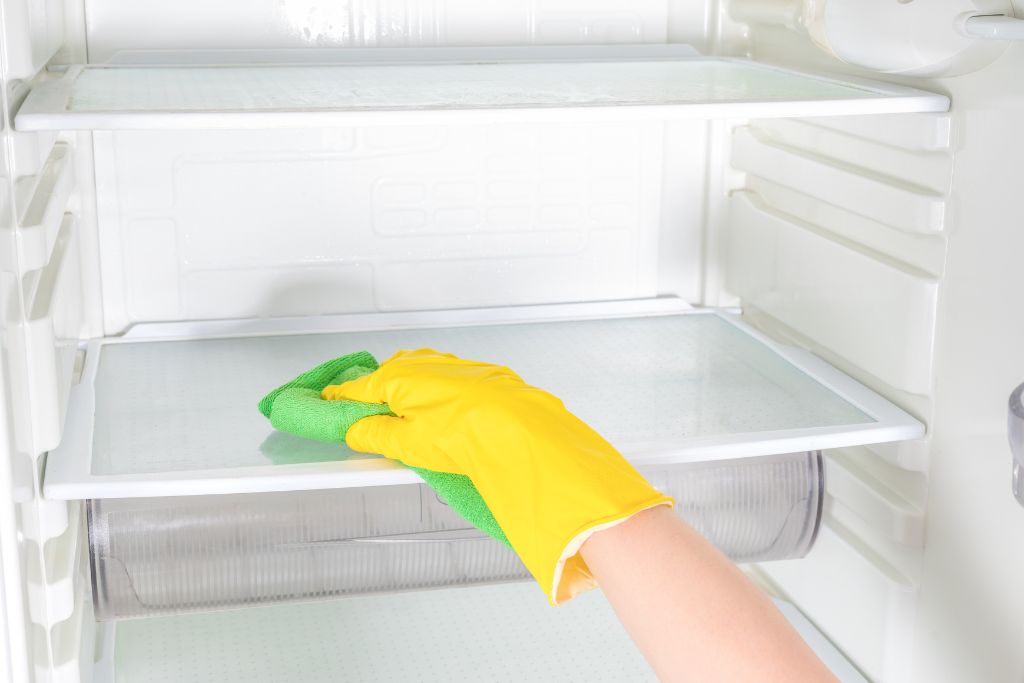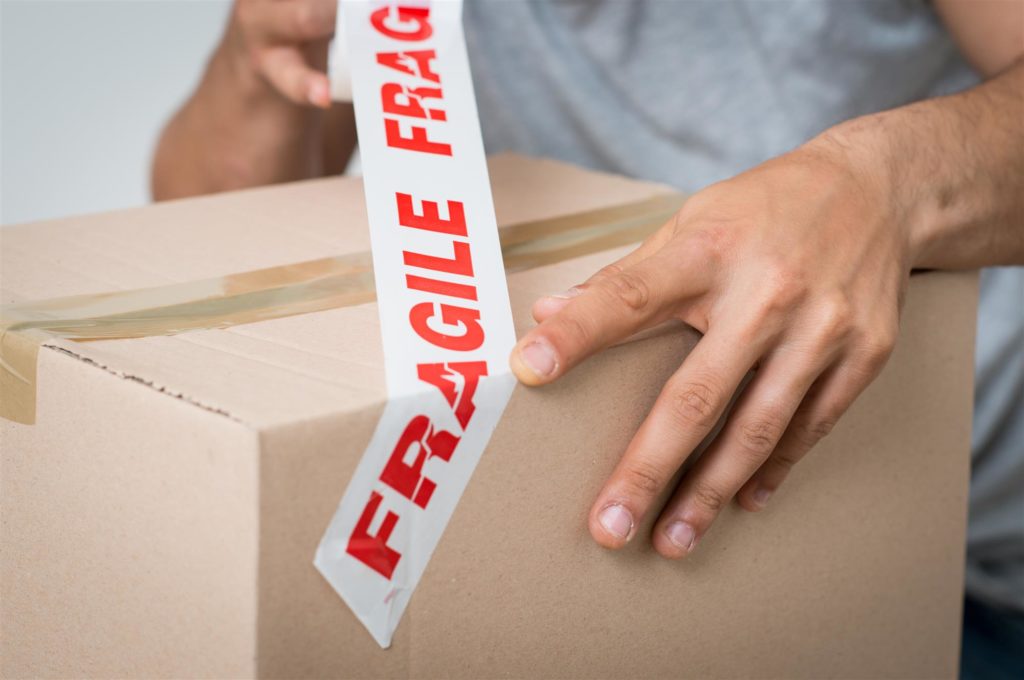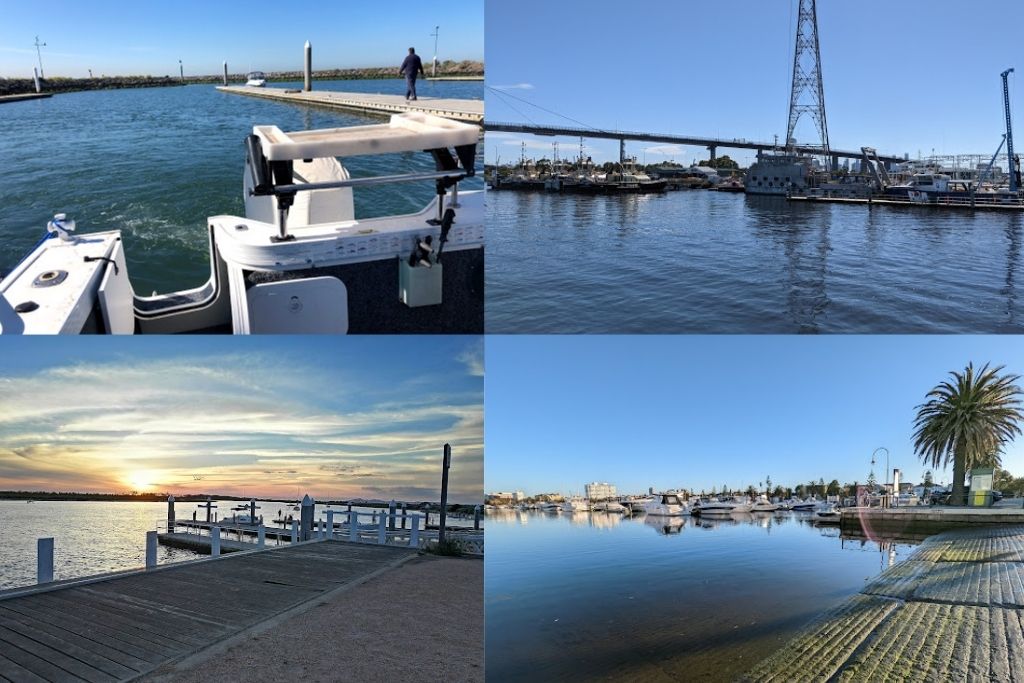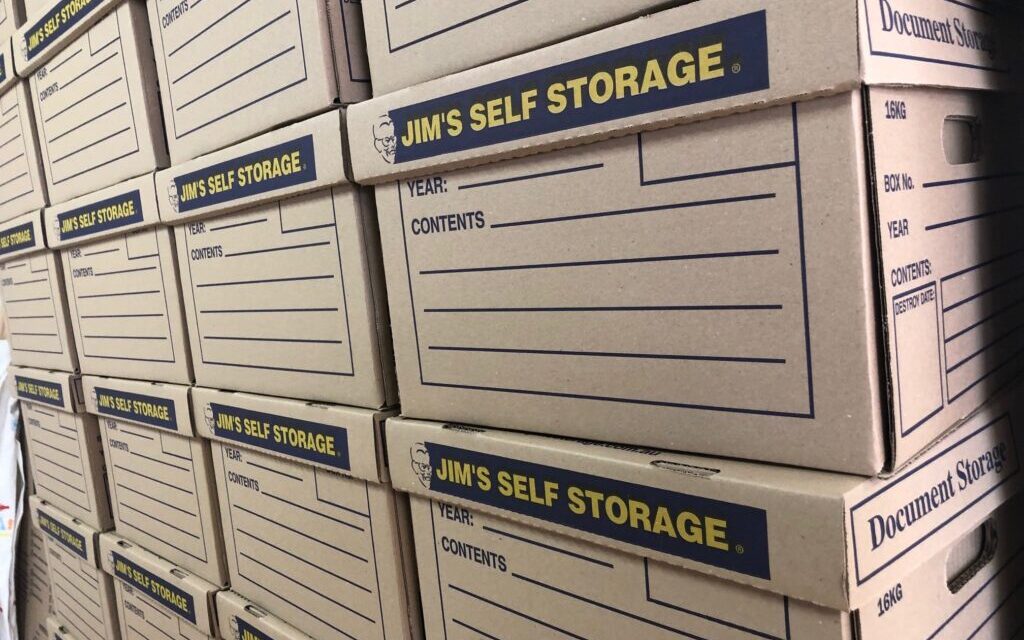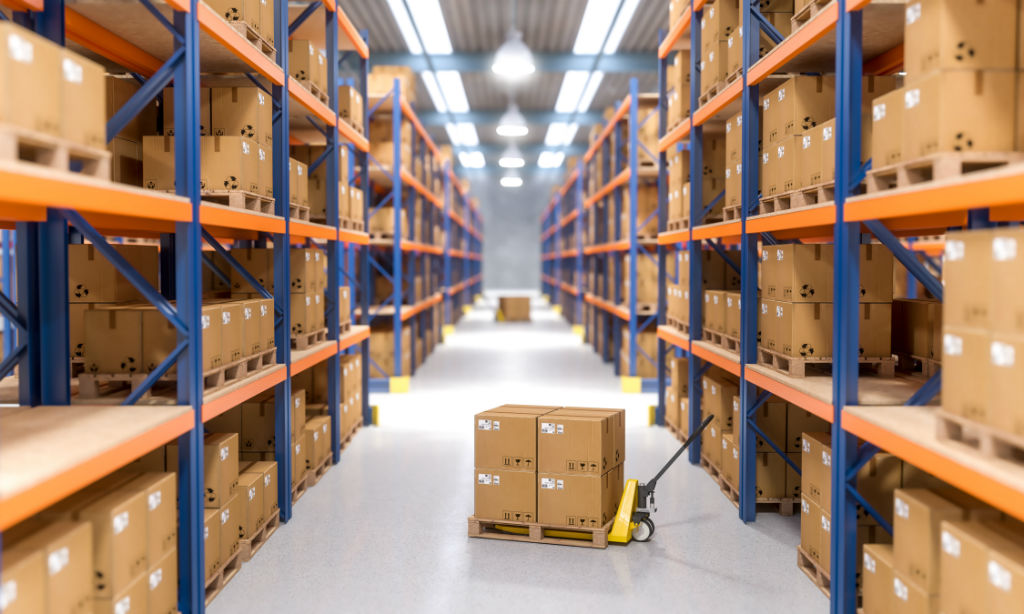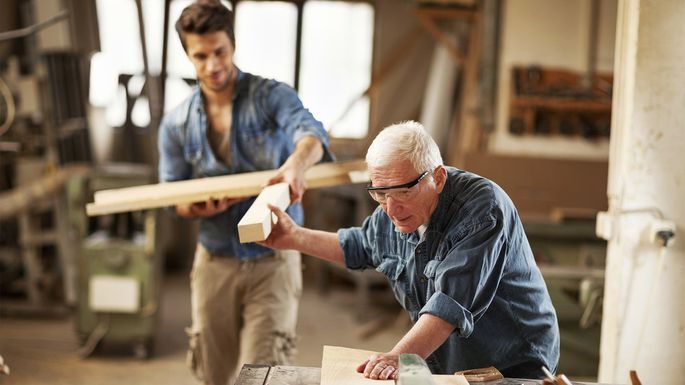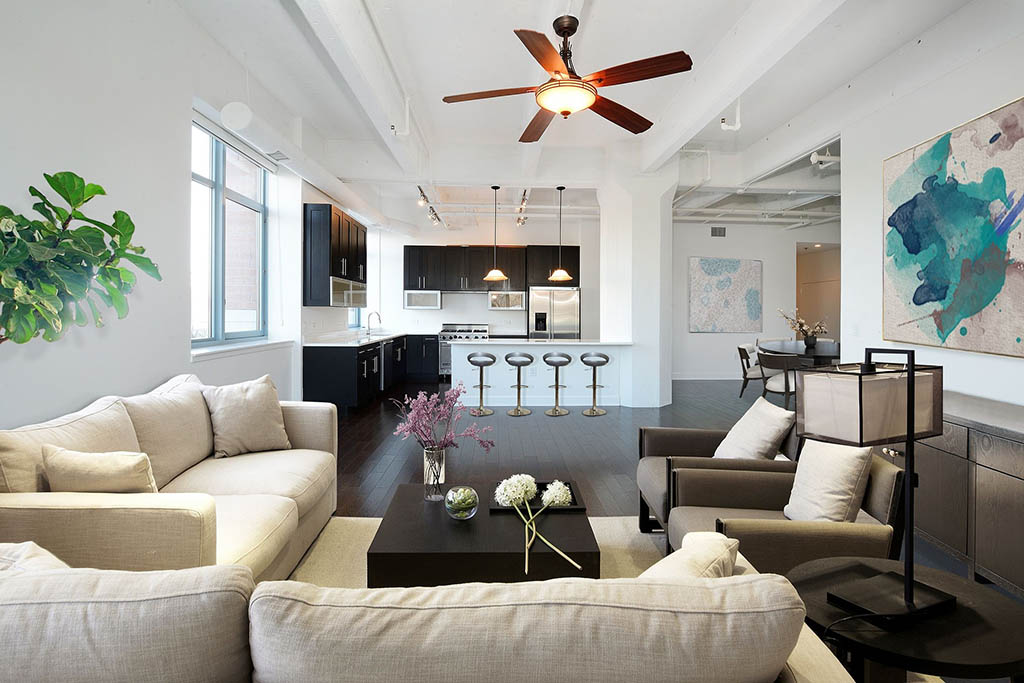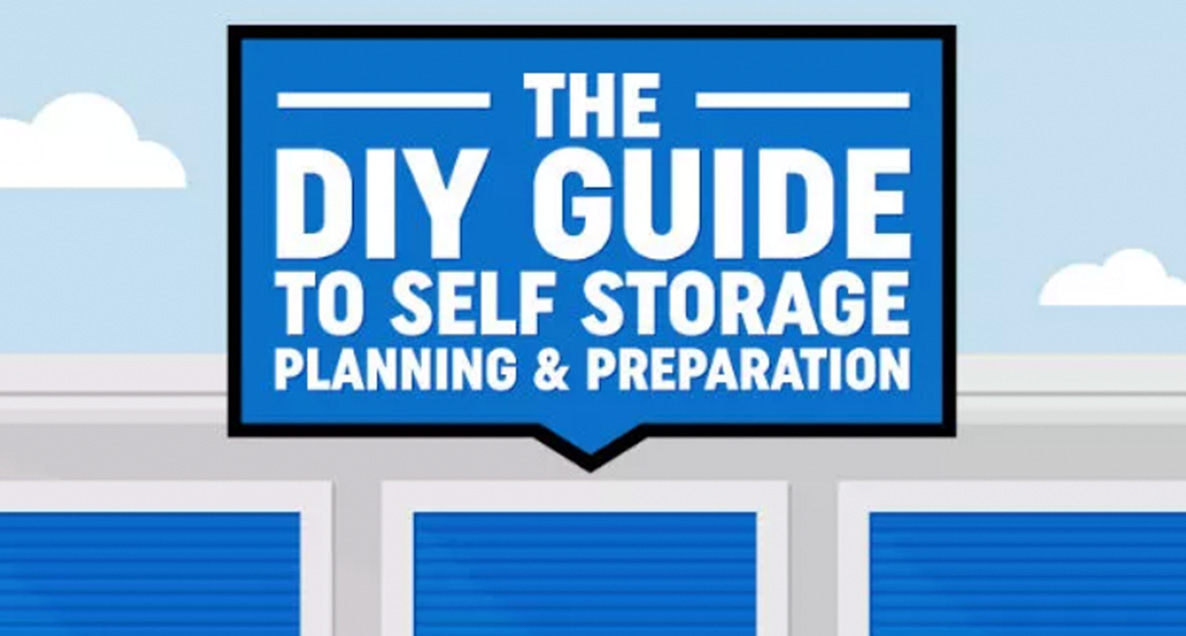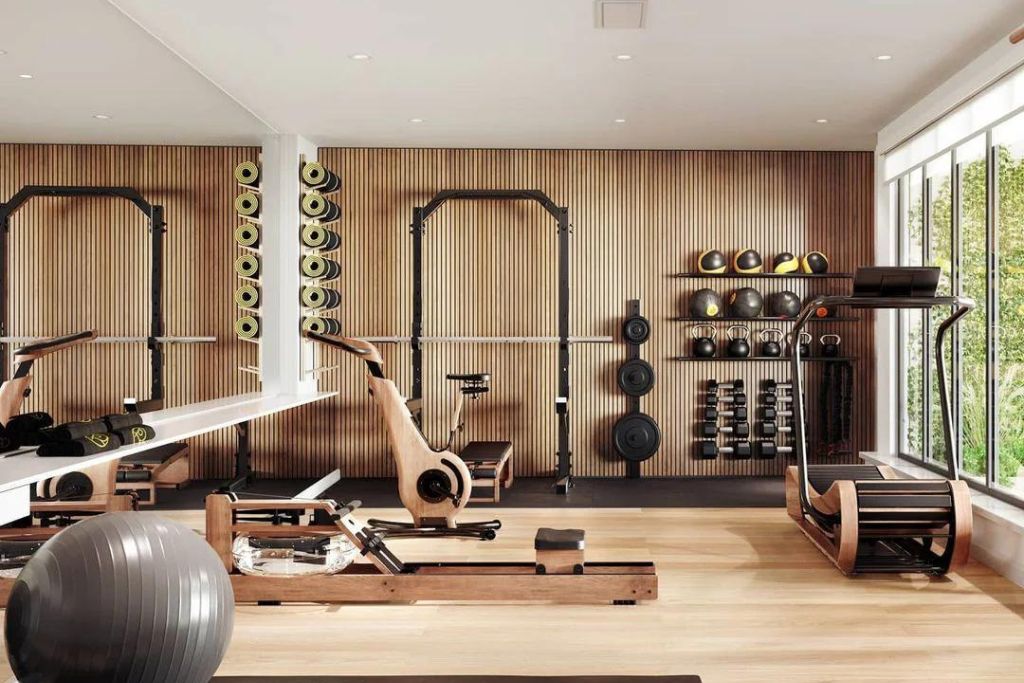Need to store some items that are worth quite a bit of money? If it’s jewellery, many furniture types, and even artwork, musical instruments and electronics, you don’t need to stress too much – or at all – about how they’re securely stashed away. But what about storing a fridge? Not understanding how to store a fridge properly can really come back to bite you – and cost you a lot of money when you need to replace the damaged or destroyed one.
Do you have a refrigerator storage plan?
Was your plan to lay the fridge flat on its side, exposed to extreme temperatures, without any restraints or support, with other heavy storage boxes sitting on top of it? Sure, it’s an extreme example of refrigerator store malpractice, but even one or two fridge storage mistakes can still result in:
- Damage to the fridge itself
- Damage to the compressors/condensers
- Reduced energy efficiency/performance
- Inconsistent cooling leading to food spoilage
- Accelerated wear & tear
- Safety hazards due to malfunctioning fridge.
So how exactly do you store a fridge properly to keep it working properly and optimally for years to come even after a long period of not even plugging it in? It’s as easy as following our ultimate 6-step guide:
1. Clean & dry
After you empty out the milk, cheese and last night’s leftovers, you’re going to have to use some elbow grease. All you need is a mild detergent and warm water, but first, pull out the removable shelves and drawers and clean them separately before giving absolutely everything a thorough scrub from top to bottom – and don’t forget to dry it all off afterwards.
WHAT IF YOU DON’T?: You’re risking smells, the growth of mould & mildew, pest infestations and a disgusting, caked-on mess that will ensure your fridge is never the same again.
2. Defrost
Don’t forget, your fridge also has a freezer – and it will need to be completely and thoroughly defrosted prior to it going into storage. If you leave that ice build-up behind, the cooling system can get damaged as it thaws.
WHAT IF YOU DON’T?: You’re risking a damaged cooling system, water leakage, mould growth and a generally broken fridge.
3. Secure the doors
It doesn’t really matter how you secure those doors closed – use tape, rope, door straps, whatever you fancy. Just as long as those doors won’t swing open at any time when you don’t want them to – especially on the trip to the storage facility.
WHAT IF YOU DON’T?: You could end up with damaged doors, hinges and seals.
4. Keep it upright
Have you ever known someone who thinks it’s ok to store a fridge on its back or side? Well, they’re 100% wrong, because even on a short road trip – and especially in short or long-term storage – you’re almost guaranteed to damage the cooling system and maybe even several other internal components apart from the compressor.
WHAT IF YOU DON’T?: Expect coolant leaks, impaired fridge functionality, costly repairs or total fridge failure.
5. Control the storage space
Now that your fridge is clean, and defrosted, the doors are secured and it’s upright, you’ll need a suitable place to store it. Make sure wherever you’re putting it is not humid, well ventilated and with as stable a temperature as possible – nothing below 10°C or higher than 29°C if at all possible.
WHAT IF YOU DON’T?: You’re simply risking damage to your fridge’s reliability, components and cooling capacity, including increased energy consumption and even electrical safety hazards once it’s switched back on.
6. Give it space
We mentioned ample ventilation in Step #5, and that doesn’t just go for the storage area in general but also the precise footprint on which your upright fridge will be stored. That means giving something like 10cm all the way around the fridge, just to be on the safe side.
WHAT IF YOU DON’T?: Giving your stored fridge some air to breathe gives it some space from stale air, potentially damp walls and moisture, damage from abutting nearby objects and the risk of mould and condensation damage.
Store your fridge right with Jim’s help
Did you know the friendly team at Jim’s Self Storage care about each stored fridge at our specialised Williamstown facility? Protect your valuable fridge’s functionality, performance and lifespan by putting it in our hands – ensuring 24/7 security, ideal conditions and prices you can afford. If you are near Altona, Newport, Laverton, Point Cook, Werribee and anywhere in Melbourne’s Western Suburbs and looking for a hassle-free experience in storing your fridge and turning it back on again once it’s at its next destination, have a chat with Jim’s Self Storage today.



